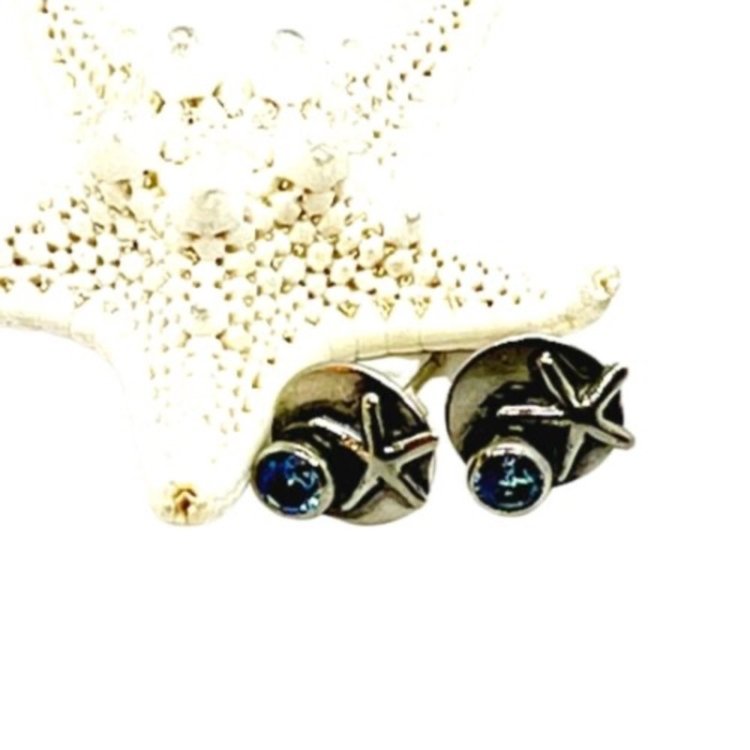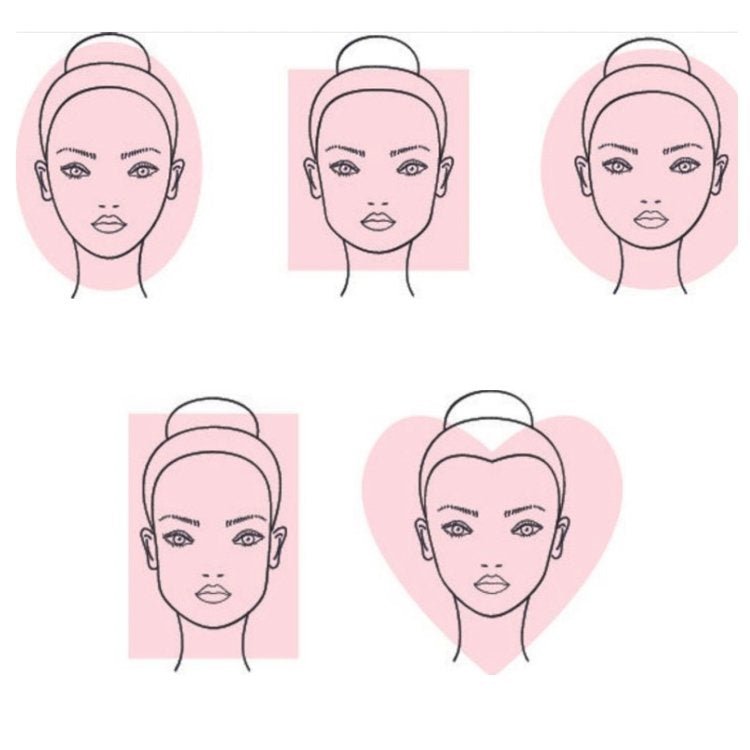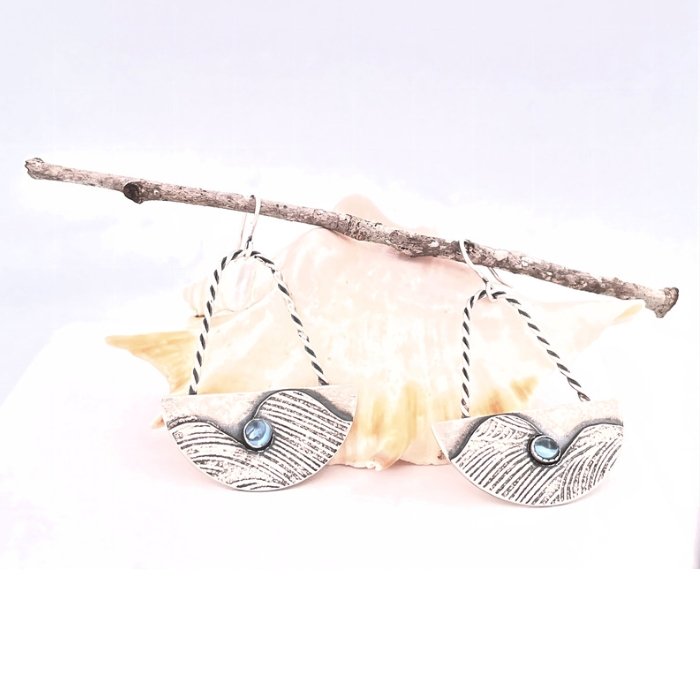Tips for Wearing Jewelry to the Beach

Important to know if you wear jewelry to the beach:
If you’re heading to the coast and not sure what metals or semiprecious gemstone jewelry (not fashion jewelry) you should be thinking about wearing or packing, here are some tips for wearing jewelry to the beach.

1. WEAR OR NOT WEAR?
Absolutely! From accessorizing your fabulous new bikini and highlighting your tan to beach weddings, cocktails on the sand or just because you love it, I don’t believe there is any reason why you shouldn’t! The rest of my tips for wearing jewelry to the beach will help you decide what’s good and what’s not so hot.
2. SAND
It’s ok to be concerned about the impact of sand on jewelry. Sand is silica and it is very abrasive. The effect it has on jewelry is totally dependent on the materials the jewelry is made from. Solid precious metals – gold, silver, platinum, tungsten, titanium etc, will be unaffected. Plated items (rhodium, gold, silver, vermeil etc) can certainly suffer sand abrasion. When it comes to stones and gems, the harder the stone, the less likelihood of scratching – most at risk are softer quartz minerals such as citrine and amethyst.
3. SALT
Another of the tips for wearing jewelry at the beach covers the issue of salt. Salt is of course, present not only in the sea but in the air also. Salt can have a long-term effect on some materials – particularly ferrous metals (iron and steel). It is also harmful to copper, which also applies to rose-gold due to its copper content. Other soft absorbent materials used in jewelry making such as wood, coral and turquoise will absorb salt which will over time, cause them to rot.

4. SUNSCREEN AND SUNTAN POTIONS
Sunscreen and suntan lotion contains chemicals and can reaction with jewelry materials. This is usually minor. For metals this is usually minor discoloration. However, lotions and creams can certainly do harm to strung jewelry so this is best avoided. Best practice is to put sunscreen or lotion on first and let it dry, then put on your jewelry.
5. CLEANING
After a day at the beach you should treat your jewelry to a little TLC. Use a brush all over the jewelry to remove any grains of sand that may have gotten into the tiny crevices. If you’re going on vacation, take a spare make up brush with you. Wash jewelry in cold running water to remove any build up of salt and sun cream.
6. SWIMMING:
Remove your jewelry before taking a dip in the water. Saltwater and chlorine can be harsh on certain metals and gemstones, potentially causing discoloration or damage.
7. THE BEST EARRING CHOICE:
If you are a stud wearer, never taking them out, know that studs are the best earring choice for the beach. They are small, non-dangling and hug the ear.
8. AVOID EXCESS SUN EXPOSURE:
Prolonged exposure to direct sunlight can cause discoloration or damage to certain gemstones or materials. Take breaks in the shade or use a beach umbrella to protect your jewelry.
Remember, the key is to strike a balance between style and practicality when choosing jewelry for the beach. By following these tips, you can enjoy the sun, sand, and surf while still looking fabulous.
Look no further to find signature Ocean-themed jewelry or gemstone ocean inspired jewelry.




